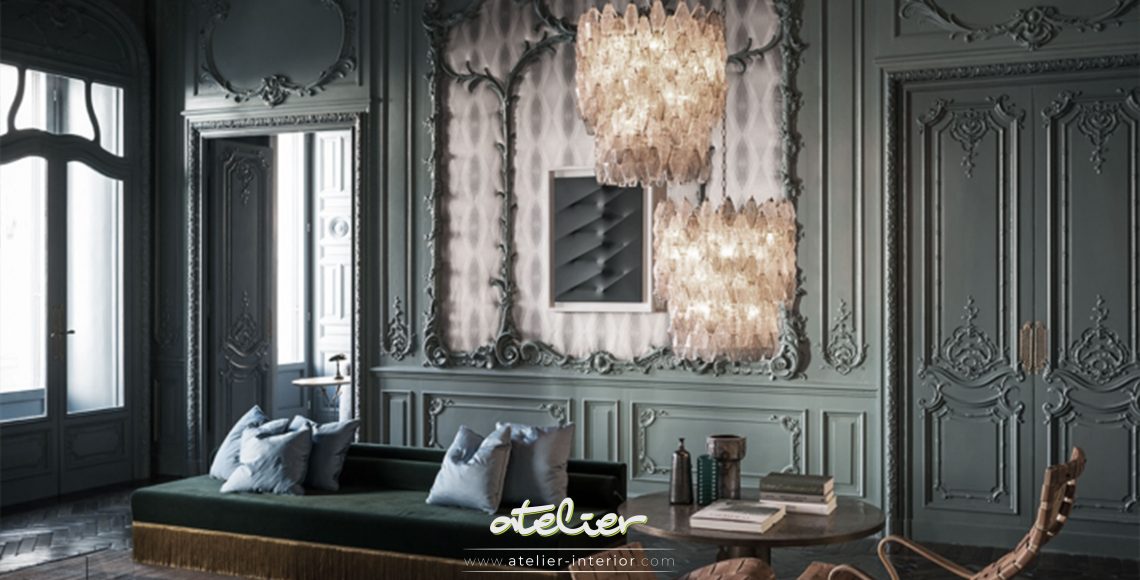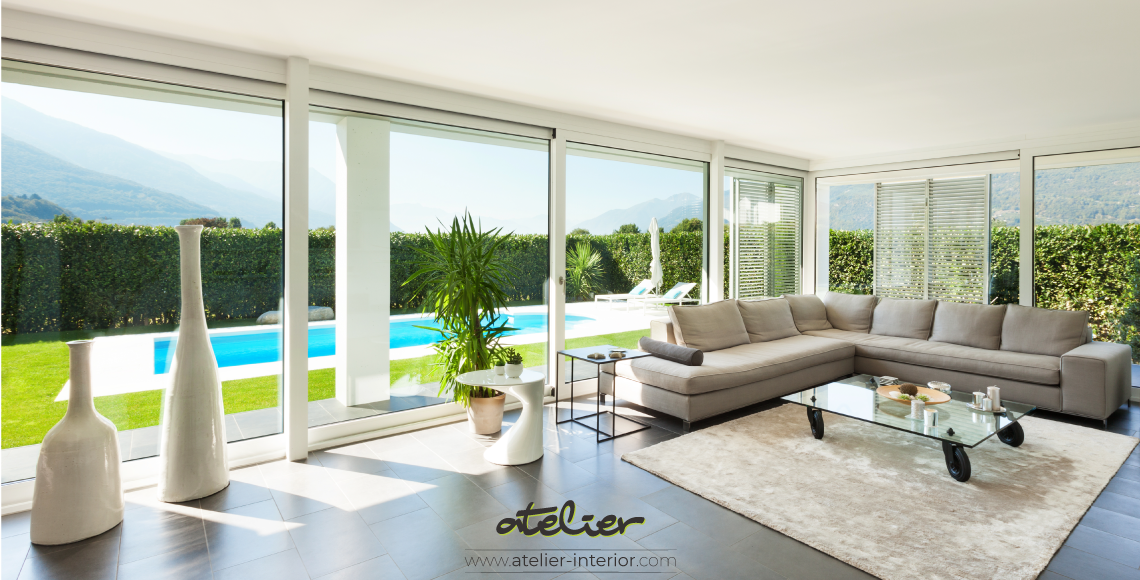Is 2022 the Year of Maximalist Interiors
When it comes to interiors, minimalism has had its moment. In 2022, it’s going to be all about the maximalists. To understand maximalism is easy – more is more. Maximalist interiors have burst onto the scene in recent months, but how do you evoke this interior style without it looking like a yard sale? The key is striking the right balance between textures, colors, and prints, and making these elements feel personal rather than forced. In this guide, we’ll show you how to do just that.
What is Maximalism?
Maximalism doesn’t have a strict definition, but it focuses on three core elements: pattern, color, and texture. There aren’t any rules, since this decor style centers around self-expression and adding joy and fun to interiors. Consider richly colored, patterned wallpaper across every wall, plush carpets or intricately designed floor tiles, and boldly painted furniture. With maximalism, you’re free to choose the pieces that really put a smile on your clients’ faces, rather than paring them down. However, interiors expert Frieda Gormley, of the maximalist-focused brand House of Hackney, would argue against the notion that it’s merely about packing homes with lots of items. Instead, she believes that the adage of pioneering textile designer, William Morris, should be your focus: “have nothing in your house that you do not know to be useful or believe to be beautiful”. This is to say, choosing items that add joy and richness to a home should be the goal. Maximalist homes are filled with little treasures, curios, and mementos, coupled with lots of vibrant colors and patterns. Think pairing floral wallpapers with animal print cushions or vintage furniture with abstract art. It’s all about layering pieces and textures for a room that tells a story.
Choose a Focus
Don’t Neglect the Fifth Wall
The ‘fifth wall’, aka the ceiling, is an area that you can make the most of, but that often gets neglected in the standard home. In a maximalist space, it’s a valuable canvas to add style and oomph. You can paint it to add depth to the space, or perhaps you want to extend the patterned wallpaper from the walls to the ceiling as well to coordinate all surfaces. If the wallpaper runs in a single direction and won’t work on the ceiling, an alternative option is to use a coordinating paper to add another pattern and texture to your room.
Don’t Fear Repetition
Repetition doesn’t have to be boring. In fact, it can be a great trick to keep in mind when it comes to patterns in a room. From wallpaper to artwork and illustrations, repeating different features can create a look that is fun and vibrant, but not cluttered. Perhaps you have icons or geometric shapes that feature in your carpet or flooring tiles that can then be repeated on your walls, on cushions or curtains and throws.
Curate Your Colors
Color lovers will revel in the opportunity to play with different combinations when styling a maximalist space. However, while the temptation might be there to fill the space with a rainbow of different hues, pare it back. You don’t need to incorporate every color for it to work, as it can look too chaotic. Pick two or three colors that coordinate with one another and keep them all at the same saturation point. From there, you can add pops of other colors with your accessories. Delving into color theory can help you to find colors that work well, whether you choose complementary shades, a monochromatic palette or triadic color schemes.
Include Lots of Texture
Texture plays a big part in maximalism and it’s a great opportunity to play with different materials in a space. Texture can even become the focus in itself, creating a massive statement on its own. One of the focuses of maximalism is creating a stimulating environment that impacts all the senses, and texture is a crucial element of that. Try pairing leather chairs with soft throws, wooden or metal tables over plush rugs, or maybe adding decorative glass pieces and sculptural ceramic items to thick wooden shelves. The key is to mix different materials for textural highlights that add interest to the room and make it more inviting.
Patterned floor tiles are the perfect way to add a maximalist touch to any room. Image: Harvey Maria
In Summary
Maximalism is all about creating a story of interest and visual appeal through different layers, textures, focal points, and colors. There’s the opportunity to add your clients’ own trinkets and curiosities and showcase the memories they’ve amassed over their lifetimes. But maximalism isn’t just about putting all of their belongings on display. To really do this design style justice, each room needs to be considered and curated for the best results.



